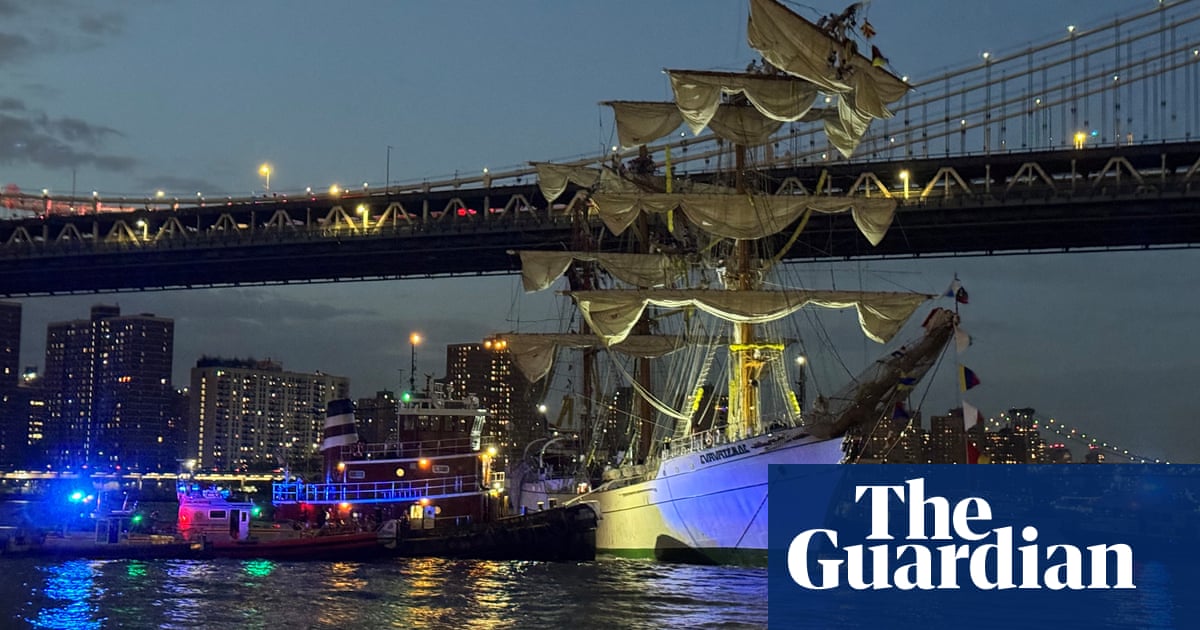Mexicois grieving two cadets in the country’s navy that were killed on Saturday when the tall training ship Cuauhtémoccrashed into the Brooklyn Bridge.
América Sánchez, 20, and Adal Jair Maldonado Marcos, 23, died in the wreck that injured 22 other crew members, including three critically.
The body of Sánchez was scheduled to be transferred on Monday to the naval academy in her home state of Veracruz. She was in her final year as a navy cadet and waspartof the international training cruise scheduled to visit 15 countries.
Sánchez’s mother, Rocío Hernández, said her daughter was “exemplary” and “a dedicated student” who dreamed of becoming a naval engineer.
“She was a warrior, a soldier who didn’t give up, who always fought for her goals,” Hernández said of her daughter,accordingto the BBC. She said that Mexico’s navy would hold a private ceremony for her at the naval academy before she brings her home.
Meanwhile, friends and relatives of Maldonado have reportedly been paying their respects in San Mateo del Mar, a coastal town in the state of Oaxaca. His friends told local media he had dreamt of following in his father’s footsteps in becoming a sailor.
An investigation into Saturday’s crash remains ongoing. It could take a year.
Commercial water traffic in the vicinity of the wreck remained suspended on Monday.
According to New York police, the Cuauhtémoc – which had 277 people on board – lost power as it wasdepartingNew York Harbor for Iceland and was dragged toward the Brooklyn Bridge by the current. Its three masts measuring more than 157ft (48m) collided with the base of the bridge, whose clearance is around 41m (134.5ft).
The ship reportedly had a local harbor pilot – familiar with the conditions of the water there – and an area docking pilot helping guide the ship. At least one was onboard at the time of the crash.
Bystanders captured the moments the ship collided with the bridge, which collapsed all three of the ship’s masts.
The ship left Acapulco, Mexico, on 6 April and was scheduled to stop in Aberdeen, Scotland, in July amid a global goodwill tour. The National Transportation Safety Board wasscheduledto hold a news conference to provide updates on the investigation on Monday afternoon.
